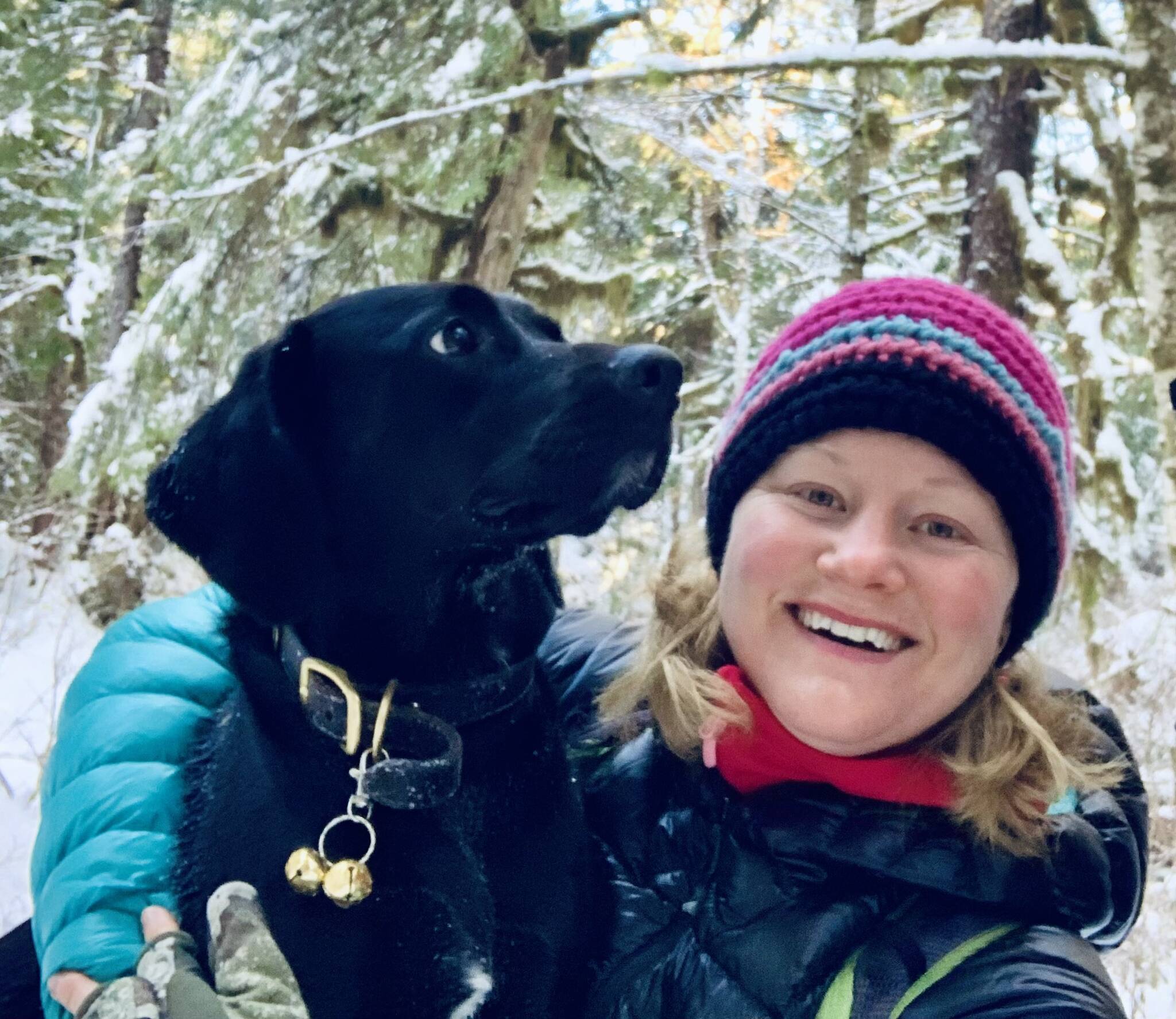By Charmaine Robinson
Sustainable is an increasingly used word, but not always with an accompanying clear definition. The concept seems simple enough, and the Latin root of the word offers a simple meaning…”to endure”. Historically, the word arose from a concern for future resources and meant never harvesting more than the forest (or other natural system) could regenerate. Modern culture often uses the term to describe a plan or action that can be maintained. When applied to the environment or economy, the intent is maintenance for several future generations or beyond. However, upon closer inspection, you may notice the term ‘sustainable’ is applied broadly across different cultures of peoples, ecosystems, and economies.
Perhaps not surprisingly, a plan or action that is sustainable to one group of people, living in a particular ecosystem and supported by their economy is not at all sustainable for a different group of people. For example, years ago while traveling in Southeast Asia I spoke about the scarcity of drinking water with a family living on Mabul island in Sabah Malaysia. The island’s relatively remote location, and a combination of socio-economic and environmental factors makes procuring clean drinking water for its inhabitants a real challenge. Their current solution? They import drinking water in the form of single-use plastic bottles. Responsible disposal of the bottles is also a dilemma; the sheer volume of plastic water bottles I saw floating in large, raft-like structures in the Celebes Sea was shocking. Yet, for these families it is not sustainable to eliminate single-use plastics.
Similarly, a plan applied to the lifestyle of one person is not necessarily sustainable to all people. Nevertheless, as a scientist I am especially conscious that humans inhabit biological bodies. Our body is governed by certain biological realities that are greatly affected by the state of our mind. It occurred to me that a plan does exist that is sustainable for all groups of people. That plan is the pursuit of a sustainable mind. If we want our minds to be sustainable, we need to cultivate a sense of calm by reducing stress and fear in our lives. Chronic fear causes immune, endocrine, and nervous system dysfunction. A fearful mind state disrupts sleep and wake cycles, causes digestive distress, and so much more. Living with our minds in a perpetual state of fear is not sustainable. And that is a fact that holds true across all peoples, ecosystems, and economies.
Last semester I gave a talk in the Ask UAS series hosted by the UAS Ketchikan campus, the talk was titled “Neuroplasticity: How to teach an old brain new tricks”, and can be viewed here: https://youtu.be/vTRJWhK4pys . I discussed how our brains are most capable of creative thought and higher-level cognitive function when we are in a calm, relaxed state. Conversely, when we are in a state of fear, anger, and anxiety, our amygdala disables the higher cortex and sends incoming information to our brain stem. Our brain stem is a useful place for information processing, only if the information involves a tiger chasing us. However, it is less useful when making everyday decisions about modern life. Now, more than ever, we are bombarded with fear-inducing tactics. If our goal is a sustainable mind, then we need to combat fear. I invite you to notice whenever your heart rate increases, breathing becomes shallower, or your muscles tighten as these are all biological signs of fear in our bodies. Once you start noticing these signs, you may find a connection to the cause. Did you just read a news article? See a specific headline on social media? Talk to a particular person? Next, minimize your exposure to fear-inducing sources that you have identified. At the same time, actively bring your body back to a biologically calm state by practicing slower, deeper breathing, daily movement, and muscle relaxation exercises. Realistically we can’t eliminate all sources of fear in our lives, but I truly believe we can apply a plan that is sustainable for all humans. By cultivating a sustainable mind, we increase the possibility of generating more sophisticated solutions to global problems…like figuring out how to reduce single-use plastics in remote, developing countries.
• Charmaine Robinson is an assistant professor of science at the University of Alaska Southeast and lives in Ketchikan. Robinson is a member of the University of Alaska Southeast Sustainability Committee. The views expressed here do not necessarily represent the views of the University of Alaska Southeast. Sustainable Alaska appears monthly in the Juneau Empire.

